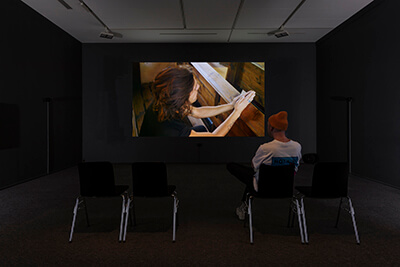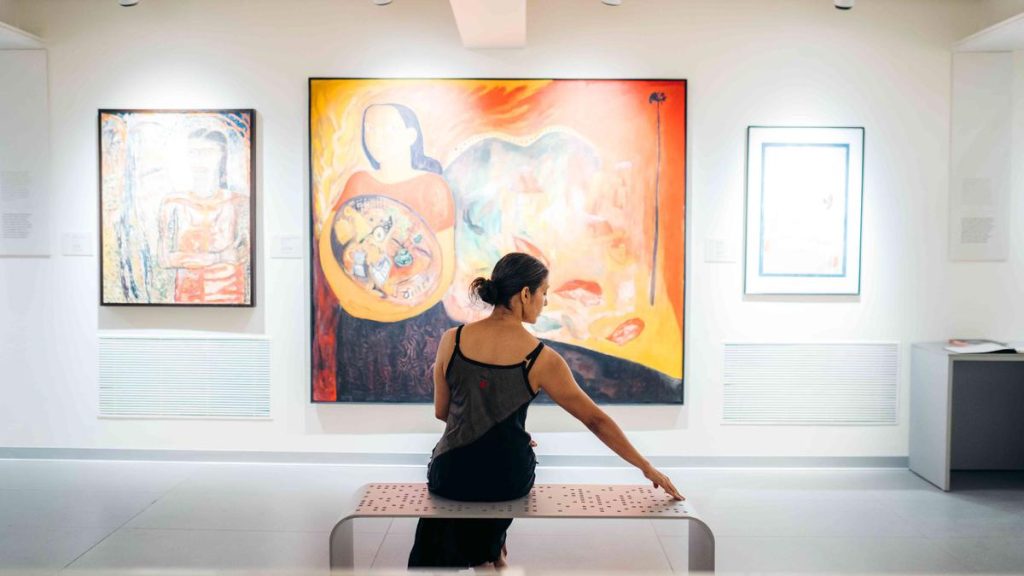Tsuktiben Jamir
India’s museums used to be thriving collections of varied histories, cultural artefacts, and intellectual riches. But over time, the degradation brought on by dishonest infiltration and neglect weakened the feeling of national pride. The emphasis moved to material prosperity, discarding priceless artefacts and pushing museums to the background. These institutions lost their position and devolved into antiquated relics, hardly attracting rare visitors or researchers. But today, museums are rising again as forces for a cultural renaissance and social change, signalling a dramatic metamorphosis.
Chair AusHeritage and former board member of the International Council of Museums, Vinod Daniel, told The Hindu, “The process has been unfolding over the last four to five years, with many major government and private commitments being undertaken during this time.”
Experts credit this revival to the culmination of years of incremental work. Significant public and private initiatives have fueled economic growth and global recognition, strengthening the public’s sense of history and legacy. The experiences of nations like China and Singapore, where showing historical riches has played a critical role in nation-building, are reflected in this tendency. Additionally, there is a desire for similar experiences in significant Indian cities due to the integration of high-quality leisure activities for business tourists, comparable to the cultural tourism provided by museums in locations like Paris.
The revitalization of museums is not solely driven by seasoned players but also by the visionary curators and programmers who infuse these institutions with fresh perspectives and powerful narratives. For instance, the Kiran Nadar Museum of Art (KNMA), set to open in 2026, presents a curated collection that sheds light on the region’s underrepresented artists and art histories. Similarly, the Museum of Art and Photography (MAP) in Bengaluru seeks to engage audiences by effectively communicating the relevance of objects and collapsing hierarchies between high and low art.

Courtesy: KNMA.
Seamless storytelling is a distinguishing feature of new-age museums. The Partition Museum in Delhi, which pays tribute to the resilience of those affected by the post-Independence division, interconnects its galleries like book chapters. This approach ensures a cohesive narrative, and future programming will continue to evolve in progressive formats with the collaboration of various partners. Private collections, too, contribute to this cultural resurgence, benefiting from corporate social responsibility (CSR) funding and global patronage.
While private institutions may possess certain advantages, building a successful museum requires a combination of structural and functional factors. Vibrancy, audience engagement, a sound long-term business plan, skilled staff, and technological integration are essential. Though not dependent on politicians and bureaucrats, robust boards must support private museums and enjoy the freedom of expression to ensure their sustainability.
The movement for cultural renaissance extends beyond large institutions. The Nita Mukesh Ambani Cultural Centre (NMACC) provides a platform for senior and emerging artists, emphasizing cultural and social representation. Other initiatives, such as the Dr Savitadidi N. Mehta Museum and the forthcoming Jamini Roy Museum in Kolkata, celebrate the legacies of influential figures and seek to preserve their contributions.
The public sector is equally important in this evolving discussion. The National Museum and the Parliament Museum, two of the new Central Vista developments, can undergo a responsible rebirth while displaying the changing Indian Constitution, democratic arts, and cultural diversity. Continual effort and reevaluation are required to maintain inclusivity, accessibility, and relevance. Museums must question conventional wisdom, interpret various artistic mediums, and include visitors in evolving narratives.
Driving this revolution are catalysts of experimental discourse and trans-disciplinary subcultures. The country’s first Technology & Innovation Museum in Bengaluru and the Lodhi Art District, India’s open-air street art museum, exemplify this innovative spirit. Initiatives like QAMRA, a queer archive for memory, reflection, and activism, seek to amplify narratives often overlooked. Looking ahead, crypto- or meta-museums, where collections exist as non-fungible tokens (NFTs) in immersive virtual environments, may present sustainable models for the future.
As the story unfolds, India’s museums are poised to regain their former magnificence, breathing life into the country’s cultural heritage. The revival extends beyond physical artefacts, encompassing the intangible narratives and experiences that shape national identity. In this renaissance, India’s museums may once again adorn the crown of a venerable and vital institution, serving as a testament to the country’s rich history and boundless creativity.





